History of Finland’s representation in Iraq
A revolution took place in Iraq in July 1958, in which the king was ousted. Finland recognized the Republic of Iraq on 1 August 1958. The practice is for the older state to recognize the younger, and not the other way around.
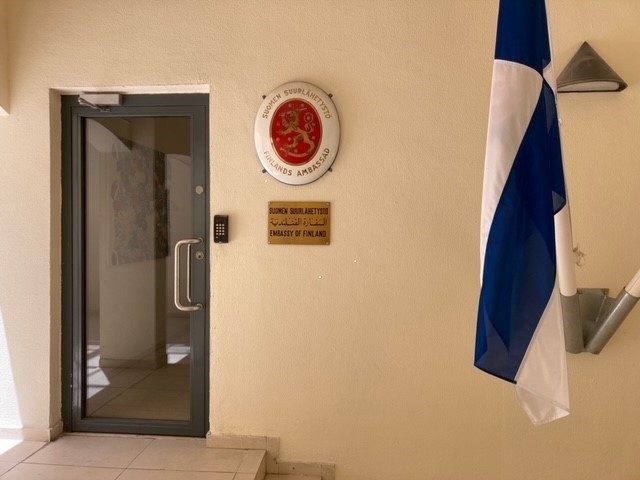
An agrément was requested for the Ambassador of Finland to Turkey, Mr. Aaro Pakaslahti on May 15, 1959. On August 18, 1959, the Turkish Information Office reported that a representative of the Iraqi Ministry of Foreign Affairs had informed that Iraq had decided to establish diplomatic relations with Finland. The official response to the request for agrément did not reach the Embassy of Finland in Ankara until 12 September 1959. Ankara's Ambassador Aaro Pakaslahti was co-accredited to Baghdad from 1959 to 1966.
The Embassy of Finland in Baghdad was established in 1960. Mr. Leonid (Leo) Tauren served as an Office Clerk in Baghdad from 1960 to 1967. On March 1, 1967, Mr. Arto Tanner was appointed as Finland's first Chargé d'Affaires ad interim in Baghdad. He held the position until the end of June 1969, when Mr. Martti Lintulahti replaced him. The title of Mr. Lintulahti was changed from Chargé d'Affaires to Ambassador on December 29, 1973, when he became Finland’s first Ambassador in Iraq.
Martti Lintulahti served as an Ambassador until 1975, after which Mr. Jaakko Keto served as an Ambassador from 1975 to 1977. From 1978 to 1981, the Ambassador was Mr. Jan Groop, from 1981 to 1987 Mr. Håkan Krogius and from 1987 to 1990 Mr. Henry Söderman.
Dramatic autumn in Bagdad 1990
The term of office of Ambassador Carl Arne Hartman in Baghdad began dramatically. Hartman himself recalled the events in the Foreign Ministry staff magazine Umiiri (3/1991), how he arrived in Baghdad with his family on August 1, 1990, and on his first working day on August 2, 1990 the staff had already covered the coffee table at the embassy in the morning and had just had time to make welcome speeches when they learned of Iraq's invasion of Kuwait. The festivities ended immediately and since then the Gulf crisis took all the time until the sent diplomatic personnel were repatriated to Finland around the turn of the year under the impending war.
The Embassy's ability to work normally was nullified from the beginning of the crisis by the intense pace of sanctions against Iraq adopted by the UN Security Council. Trade could not be promoted when trade was banned, cash flows between Finland and Iraq stalled, the claims of Finnish companies in Iraq were useless to call for, it was not even worth thinking about nurturing cultural relations, etc. What remained was to monitor and report on the development of the situation and - and above all - to assist Finnish citizens stuck in Iraq.
The autumn in Baghdad was a grim and difficult time. Materially, the Finns had no worries, there was enough food and drink and the Nokia sauna was worth its weight in gold. However, insecurity and tension erupted in their minds, not least their concern for family members and friends in Finland, who were equally afflicted with anxiety and pain. In this respect, the situation only disappeared when the last Finns were fortunate to return home in the early weeks of December, Hartman recalled.
Mr. Antti Kuusela, the last seconded official at the Embassy of Finland in Baghdad, left in January 1991. The Finnish Embassy activities in Baghdad were suspended, but no formal decision was taken to close the Embassy at any stage. After 1991, the office was run only by Mrs. Marita Ertomaa-Al-Yitayim, an Office Administrator who had been employed by the Embassy since 1961.
The security situation in Baghdad remained volatile. There was no functioning administration in Iraq and thus no authorities with which foreign missions could have been in contact. The lack of administration also prevented the performance of commercial tasks. Diplomatic immunity had been waived for foreign missions and diplomats operating in Baghdad, which naturally limited the conditions for action.
In June 2003, Finnish Ambassador to Damascus, Mr. Antti Koistinen, who was responsible for monitoring Iraqi affairs in the region, paid a short visit to Baghdad. The purpose of the trip was to be acquainted with the general situation in Baghdad and to inspect the Finnish embassy property, which was badly damaged because of the looting during the Iraq war.
The looting of the Finnish Embassy property during the war had caused significant material damage. Office Administrator Marita Ertomaa-Al Yitayim had been able to repair the major damage to the Embassy building. However, the Embassy property had to be thoroughly repaired and refurbished before the normal operation of the mission could be considered.
In 2005, there were only three Finnish citizens in Iraq, all women according to Marita Ertomaa-Al Yitayim. Others had left in the face of constant danger to life and the pressures of everyday life. In Baghdad, the Finnish Embassy stood empty guarded by armed Iraqi security guards. At some point, all the emblems, the Finnish flag and the nameplates were removed from the Embassy building. The low profile was kept just in case. One of the three Finns, Marita Ertomaa-Al-Yitayim, worked remotely from home. The commute had become too dangerous.
The lease of the Embassy's office expired on August 1, 2009, after which a new Office Administrator, hired in 2006 when her predecessor retired, worked remotely from home. In the summer of 2010, she relocated to work in an office rented from the Embassy of Sweden in Baghdad.
Since 2006, Finland was represented in Iraq, first from Damascus in Syria, and then from Beirut in Lebanon.
2006-2008 Ambassador Pertti Harvola (Damascus)
2008-2012 Ambassador Harri Mäki-Reinikka (Damascus)
2013-2015 Ambassador Kari Kahiluoto (Beirut)
2015-2016 Ambassador Matti Lassila (Beirut)
From 2016 to 2019, Finland's Ambassador to Iraq was Päivi Laine, based in Helsinki, Finland.
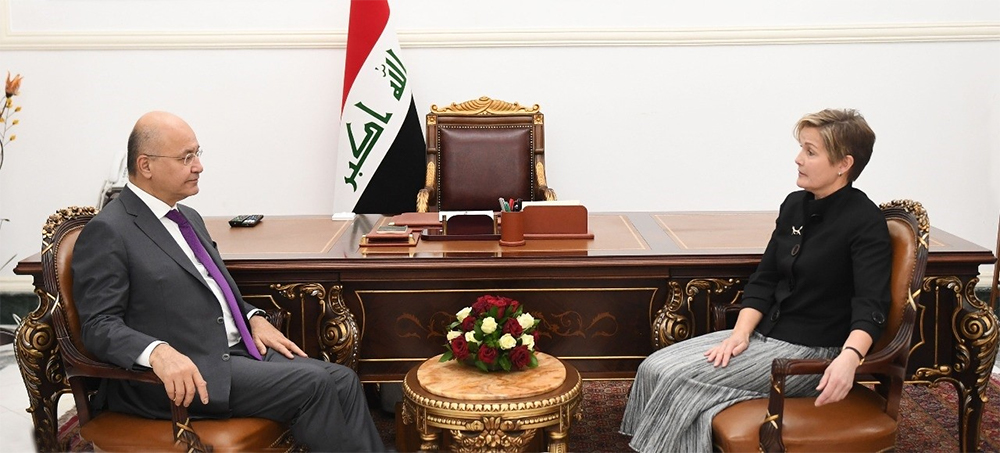
In 2019, diplomatic relations between Finland and Iraq turned 60 years old. The Finnish Embassy in Baghdad resumed operations after a break of almost 29 years. Ambassador Vesa Häkkinen presented his letter of credence to the President of Iraq, Barham Salih, on 9th December 2019. Ambassador Matti Lassila's term of office was from September 1, 2021 until August 31, 2023. Ambassador Anu Saarela started her term on September 1, 2023.
New era for the Embassy of Finland in Baghdad in 2019
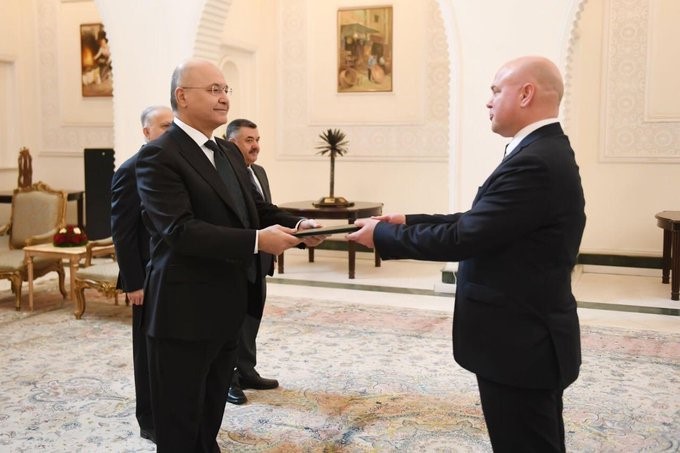
Formally, the Finnish embassy was never closed, although its activities were suspended in January 1991. The re-establishment of a diplomatic presence in Baghdad will improve the conditions for the development of relations between Finland and Iraq and the maintenance of relations. Finland has already invested extensively in the reconstruction of the country in Iraq, both in military and civilian crisis management work.
Finland and the Embassy strive to diversify and intensify relations between the two countries and to improve not only co-operation at the official and political level, but also the opportunities for Finnish business to operate in Iraq. This also means participating in reconstruction projects through international financial institutions.
The official opening ceremony of the Embassy was held on 23 July 2020 in connection with the official visit of Finnish Foreign Minister Pekka Haavisto, with Foreign Minister Haavisto and Iraqi Foreign Minister Fuad Hussein cutting the ribbon.

The Embassy of Finland operated in Baghdad on the same premises/compound as the Swedish Embassy and the Norwegian Embassy. After Sweden left Irak Finland moved its activities to Hotel Royal Tulip Al Rasheed on Green Zone.

An Honorary Consul with history with Finns
Dr. Nouri Al-Mosawi was appointed as Finland's Honorary Consul in Mosul(Link to another website.) in March 2021. In the 1970s and 1980s, he collaborated with several Finnish companies in Iraq and Saudi Arabia. He once represented an Iraqi company involved in the project of building Baghdad Island.


Baghdad Island is just one example of Finnish projects in Iraq in the 1980s. It is a leisure center by the Tigris River on the Tajiat Island, built by the Finnish joint consortium YIT-Vesipekka Oy (1980–1983), serving leisure travel and tourism, located about 25 km north of the center of Baghdad.
The Baghdad Island contract included e.g. artificial lake, parks, 64-meter high water and observation tower, restaurants, amphitheater, sports fields, swimming pools and accommodations. The area covers nearly 100 acres and was designed for about 20,000 people. The maximum number of employees was 1,300, of which about 250 were from Finland, about 700 from the Philippines and the rest from elsewhere. The value of the entire construction contract was approximately $ 100 million.
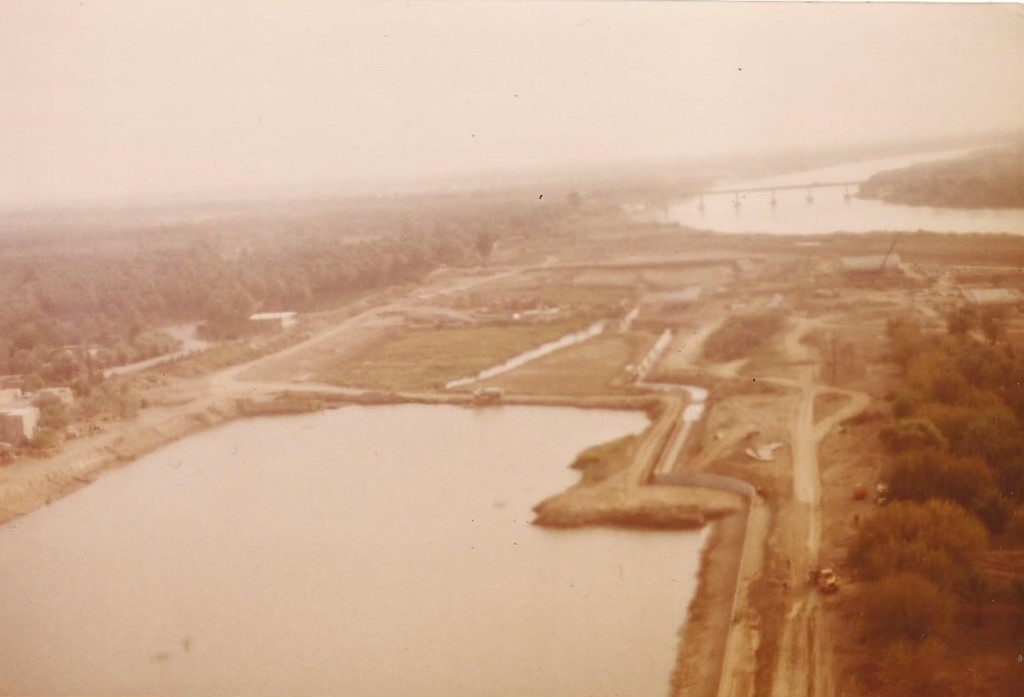



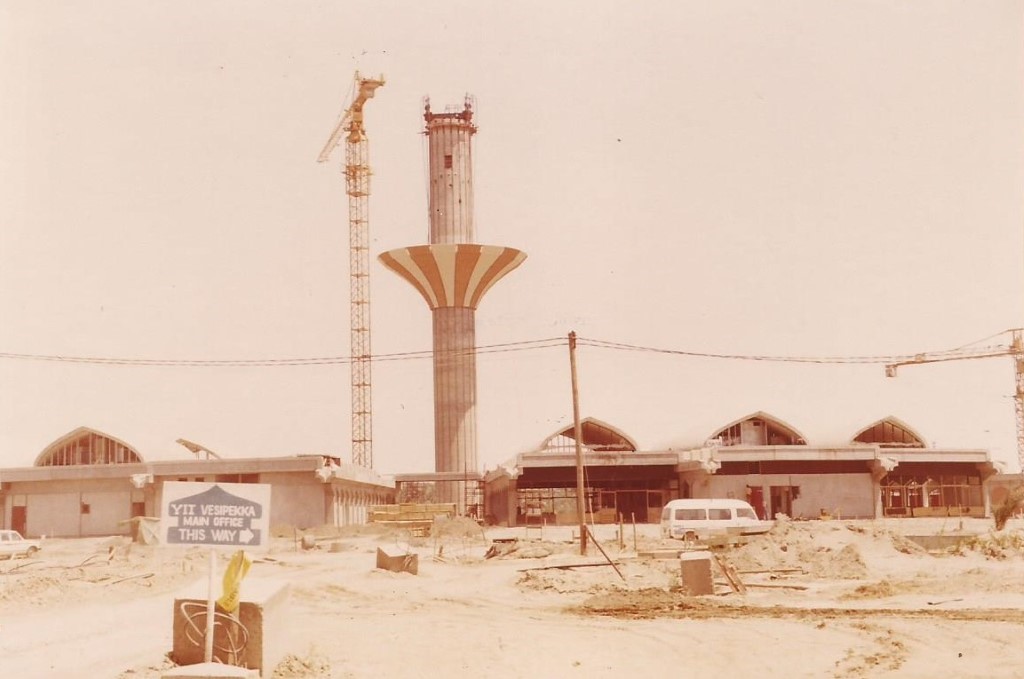



The island's building stock has deteriorated in some places, but the building stock incl. the amusement park has undergone some repairs. At present, the island is under the control of the Iraqi Ministry of Culture, Tourism and Antiquities. The aim of the new investor is to slowly restore the island to its former glory, respecting the original Finnish plans.
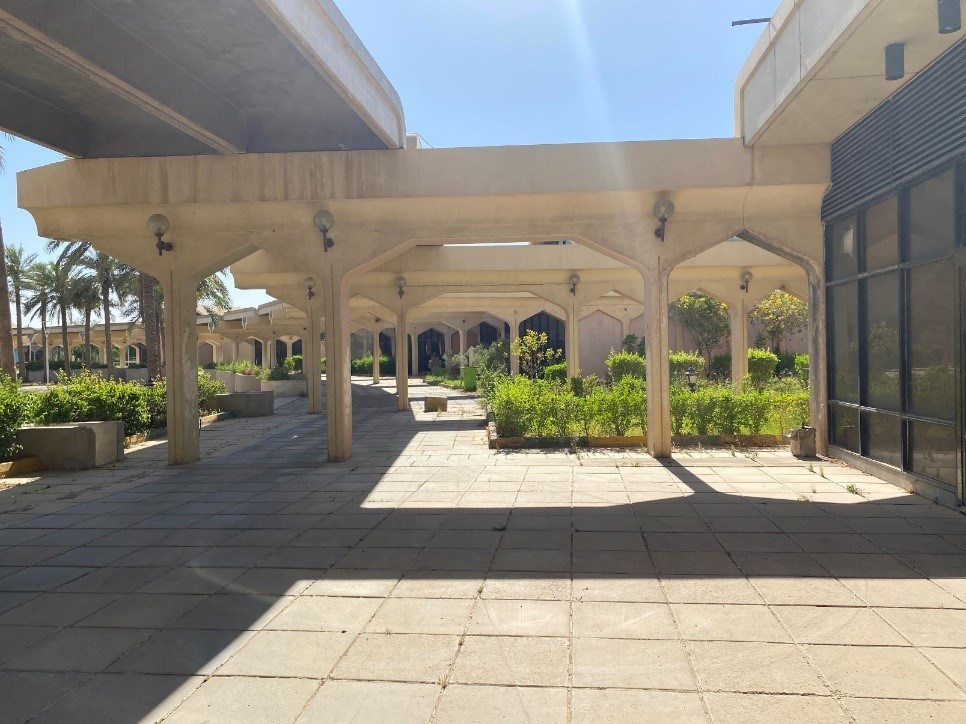
Finnish village in the middle of Iraq in the 80's
In the 1980s, a Finnish village was built in Baghdad for employees of Finnish companies. At that time, there were numerous Finnish companies in Iraq, such as YIT and Nokia. There were numerous other construction projects as well. The Finns, for example, planned three garrisons in Iraq in the early 1980s. Nokia pulled electricity in five different districts in Baghdad. In addition, Finns built dozens of schools, the Baghdad Conference Palace, residential areas, two dams, prefabricated factories and shelters in Iraq.
Almost all Finns who came to work in the Baghdad area and their families lived in the Suomi-village, ie in an area called Finn camp. As many of those who came to work, mainly men, brought their families with them, the Finnish village had a primary school. There were so many Finnish construction projects that the Finnish school in Baghdad had more than 60 students at best. There were also shops, a health center, restaurants, several swimming pools, an amphitheater, an observation tower, saunas and of course a library. Nowadays there is practically nothing left of Suomi-Village other than the concrete base of the tennis court.

